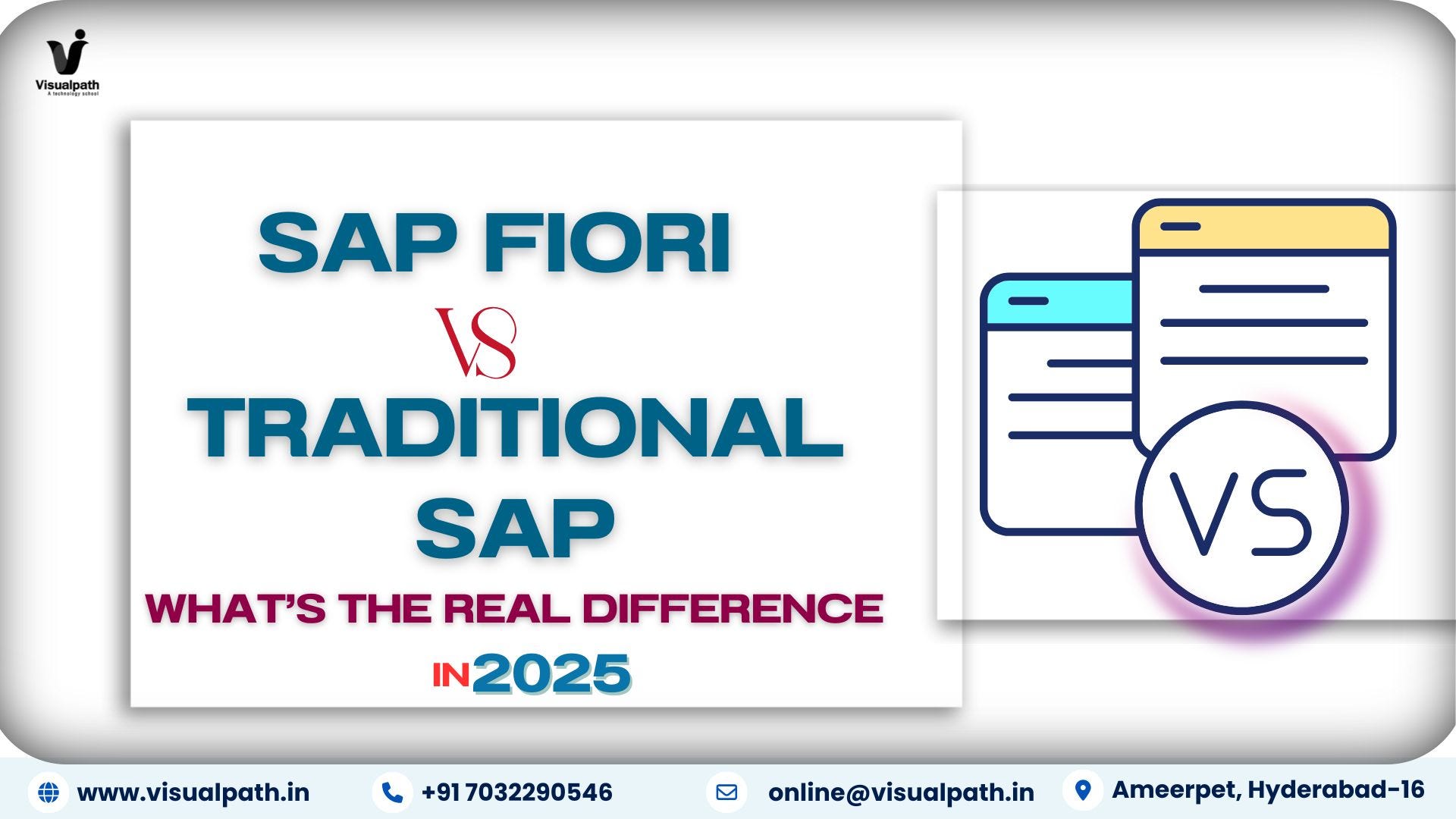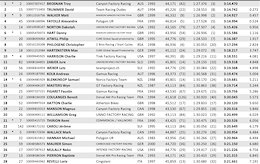In the world of SAP, ensuring efficient and accurate delivery of outputs like reports, invoices, and emails is critical for smooth business operations. This is where two key technologies come into play: NAST (Nachrichtensteuerung) and BRF+ (Business Rule Framework Plus). While both handle output management, they cater to different needs and offer distinct advantages. This guide will equip you with the knowledge to choose the right tool for your specific SAP environment.
Understanding NAST and BRF+
NAST (Nachrichtensteuerung): A legacy technology that has been the backbone of output management in SAP ECC systems for decades. It utilizes a static, table-driven architecture where output types, message control, and conditions are predefined. Think of it as a filing cabinet with pre-labeled folders and rigid rules for storing documents.BRF+ (Business Rule Framework Plus): A modern, dynamic framework designed for contemporary SAP environments like S/4HANA. It leverages business rules, decision tables, and expressions to determine output conditions and actions. Imagine a smart filing system that adapts to your needs and automatically routes documents based on real-time criteria.
NAST vs. BRF+ Comparison Table
Choosing the Right Tool: NAST vs. BRF+
The decision between NAST and BRF+ hinges on your specific SAP environment and output management needs. Here’s a breakdown to help you choose:
NAST is a good fit for:
o Established SAP ECC systems with basic output requirements.
o Scenarios where extensive customization is not necessary.
o Users familiar and comfortable with the traditional SAP GUI.BRF+ is the preferred choice for:
o Modern SAP environments, especially S/4HANA.
o Organizations seeking high flexibility, scalability, and user-friendliness.
o Complex output requirements with dynamic conditions based on real-time data.
o Businesses prioritizing future-proof solutions aligned with SAP’s strategic direction.
Conclusion
NAST remains a reliable option for mature SAP ECC systems with basic needs. However, for most modern SAP environments, BRF+ emerges as the clear winner. Its dynamic architecture, user-friendly interface, and scalability cater to the demands of today’s data-driven business landscape. While BRF+ has a steeper initial learning curve, its long-term benefits outweigh this for most users. Consider your specific requirements and future plans when choosing between NAST and BRF+ to ensure optimal SAP output management.
In the world of SAP, ensuring efficient and accurate delivery of outputs like reports, invoices, and emails is critical for smooth business operations. This is where two key technologies come into play: NAST (Nachrichtensteuerung) and BRF+ (Business Rule Framework Plus). While both handle output management, they cater to different needs and offer distinct advantages. This guide will equip you with the knowledge to choose the right tool for your specific SAP environment.Understanding NAST and BRF+ NAST (Nachrichtensteuerung): A legacy technology that has been the backbone of output management in SAP ECC systems for decades. It utilizes a static, table-driven architecture where output types, message control, and conditions are predefined. Think of it as a filing cabinet with pre-labeled folders and rigid rules for storing documents.BRF+ (Business Rule Framework Plus): A modern, dynamic framework designed for contemporary SAP environments like S/4HANA. It leverages business rules, decision tables, and expressions to determine output conditions and actions. Imagine a smart filing system that adapts to your needs and automatically routes documents based on real-time criteria.NAST vs. BRF+ Comparison TableChoosing the Right Tool: NAST vs. BRF+The decision between NAST and BRF+ hinges on your specific SAP environment and output management needs. Here’s a breakdown to help you choose:NAST is a good fit for:o Established SAP ECC systems with basic output requirements.o Scenarios where extensive customization is not necessary.o Users familiar and comfortable with the traditional SAP GUI.BRF+ is the preferred choice for:o Modern SAP environments, especially S/4HANA.o Organizations seeking high flexibility, scalability, and user-friendliness.o Complex output requirements with dynamic conditions based on real-time data.o Businesses prioritizing future-proof solutions aligned with SAP’s strategic direction.ConclusionNAST remains a reliable option for mature SAP ECC systems with basic needs. However, for most modern SAP environments, BRF+ emerges as the clear winner. Its dynamic architecture, user-friendly interface, and scalability cater to the demands of today’s data-driven business landscape. While BRF+ has a steeper initial learning curve, its long-term benefits outweigh this for most users. Consider your specific requirements and future plans when choosing between NAST and BRF+ to ensure optimal SAP output management. Read More Technology Blogs by SAP articles
#SAP
#SAPTechnologyblog

















+ There are no comments
Add yours